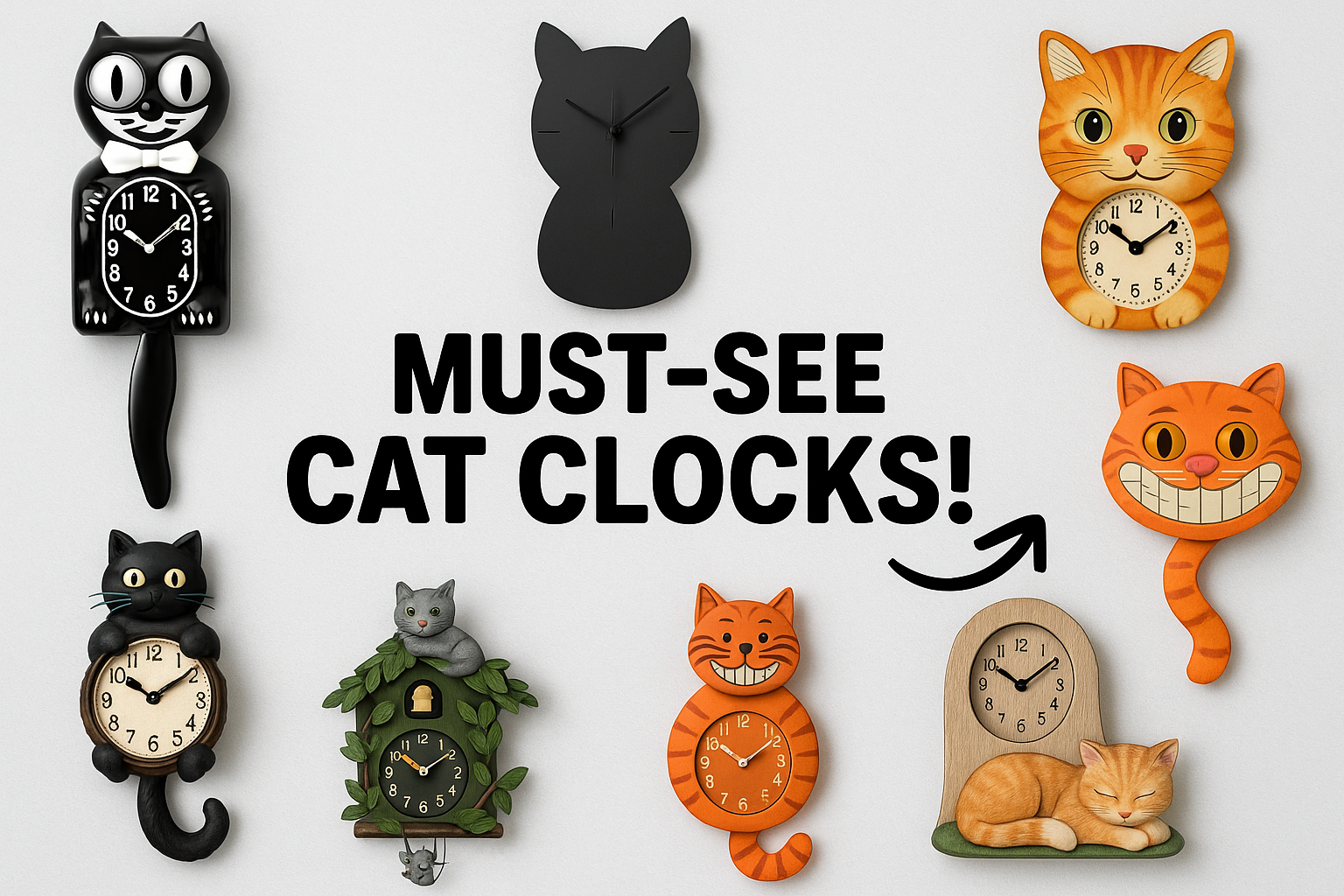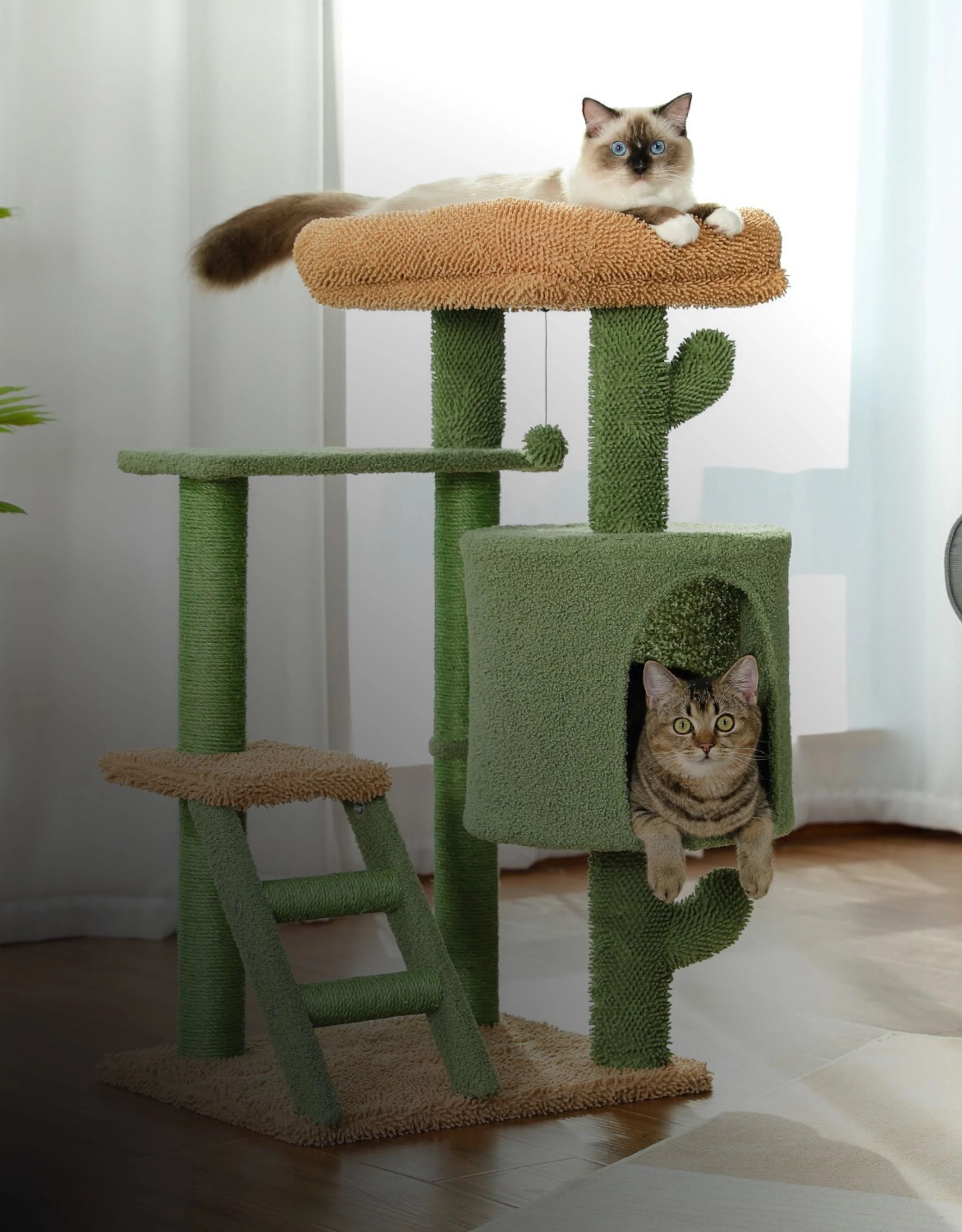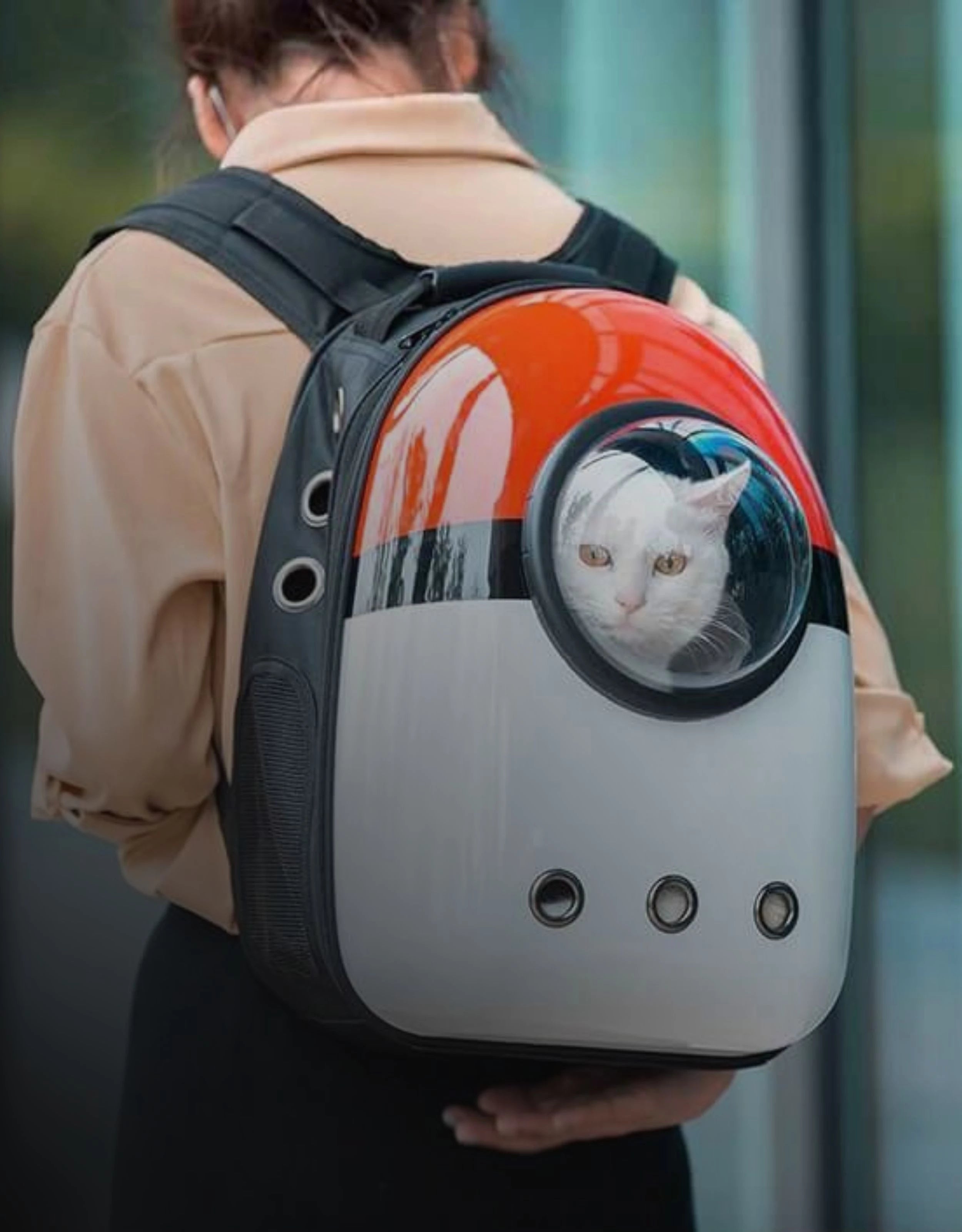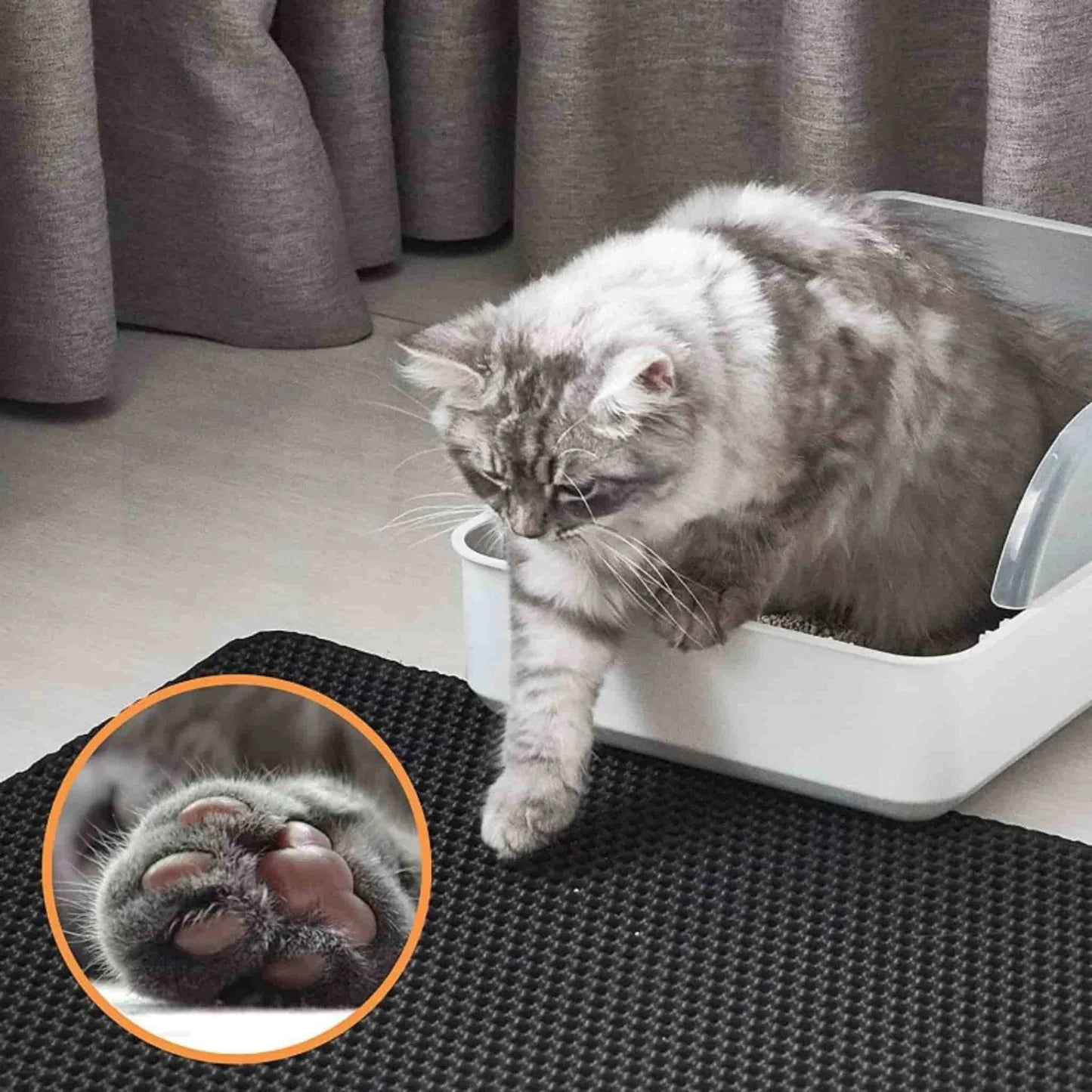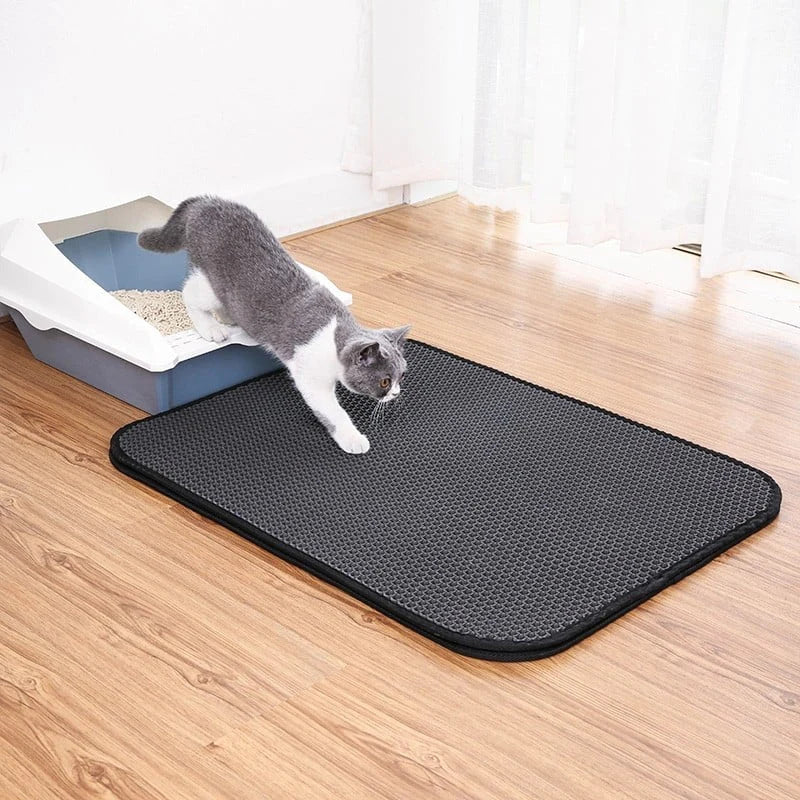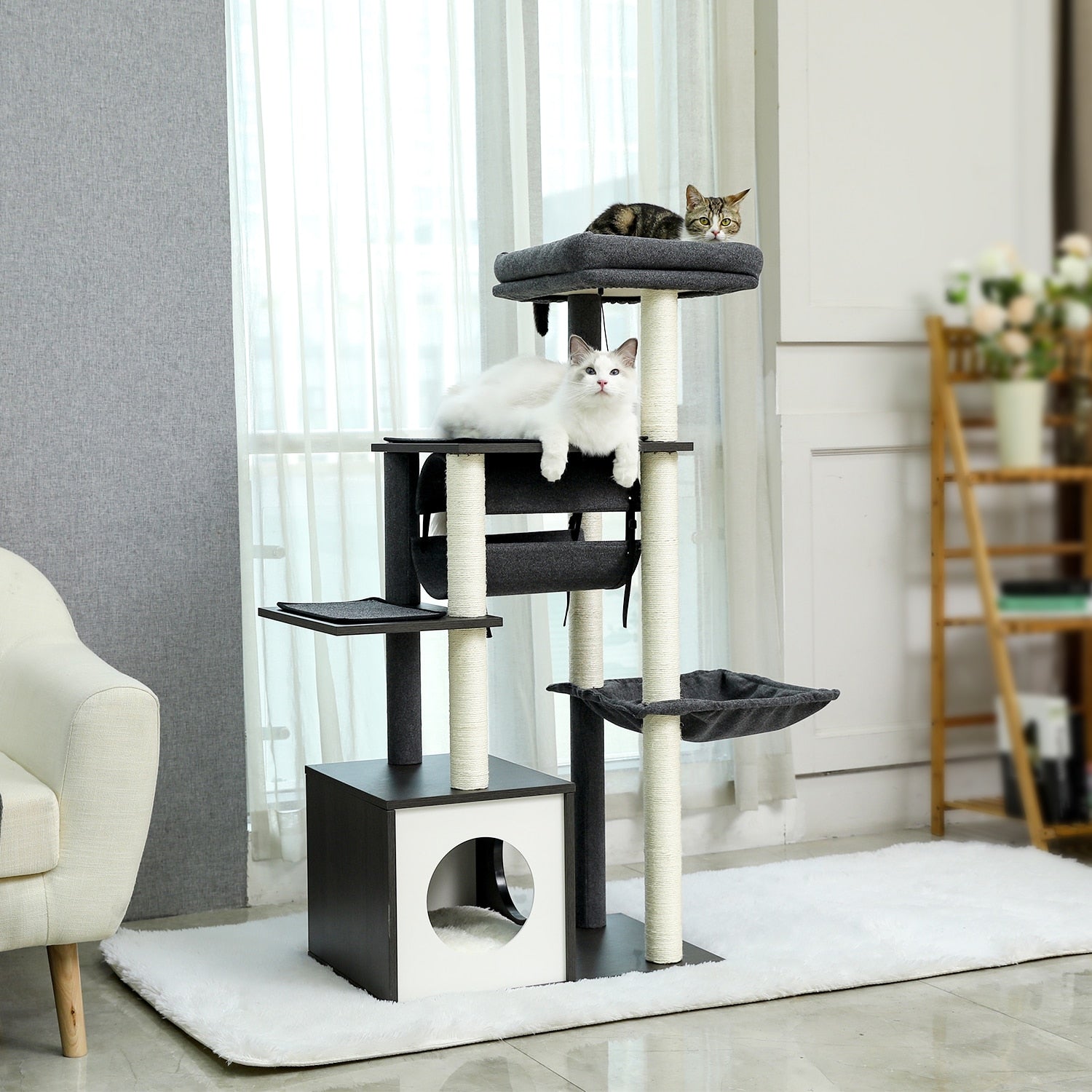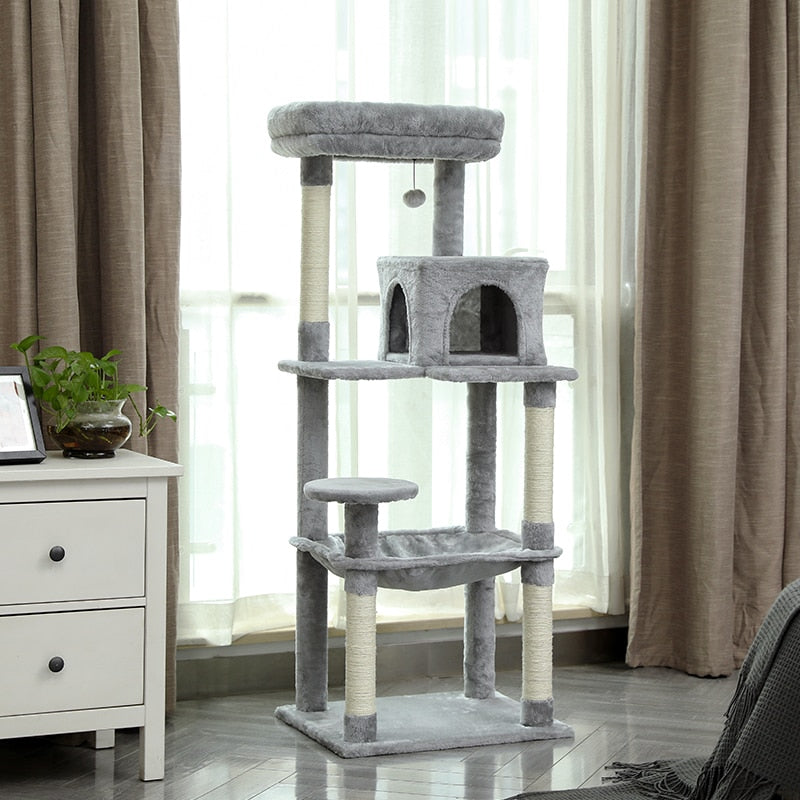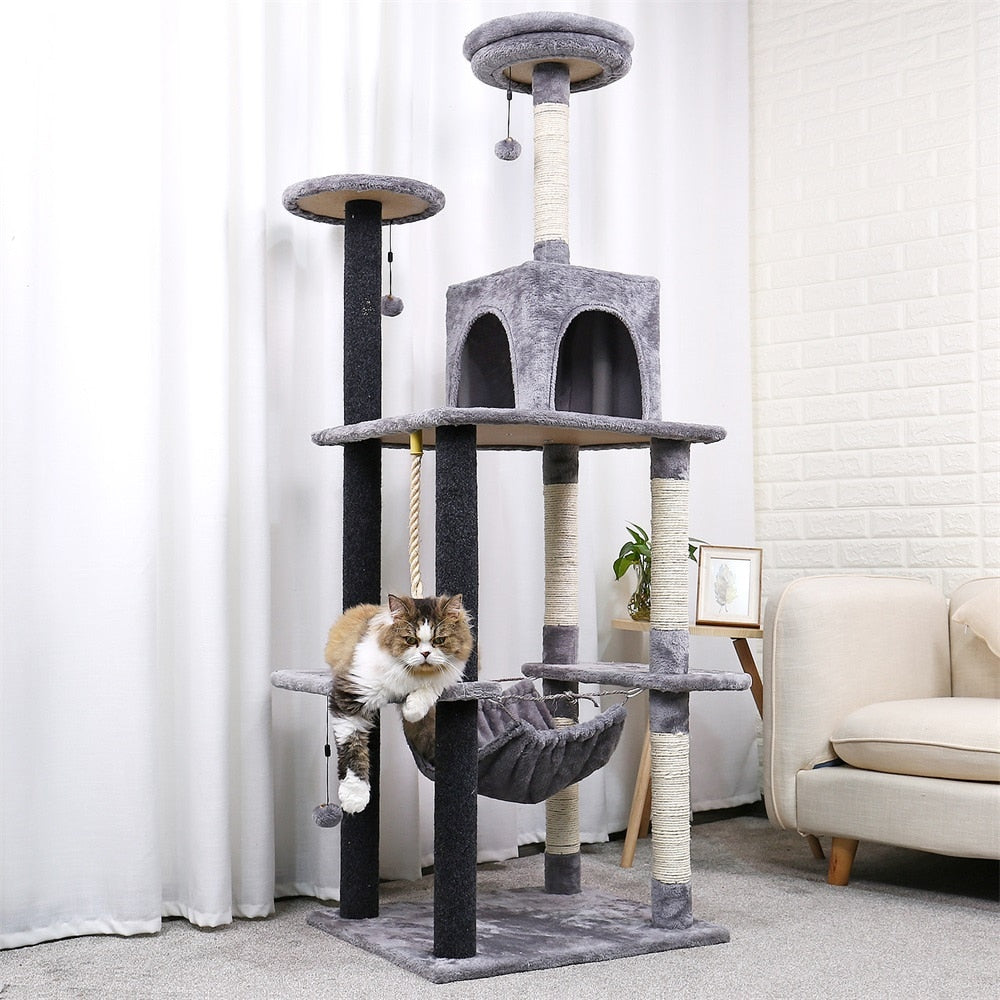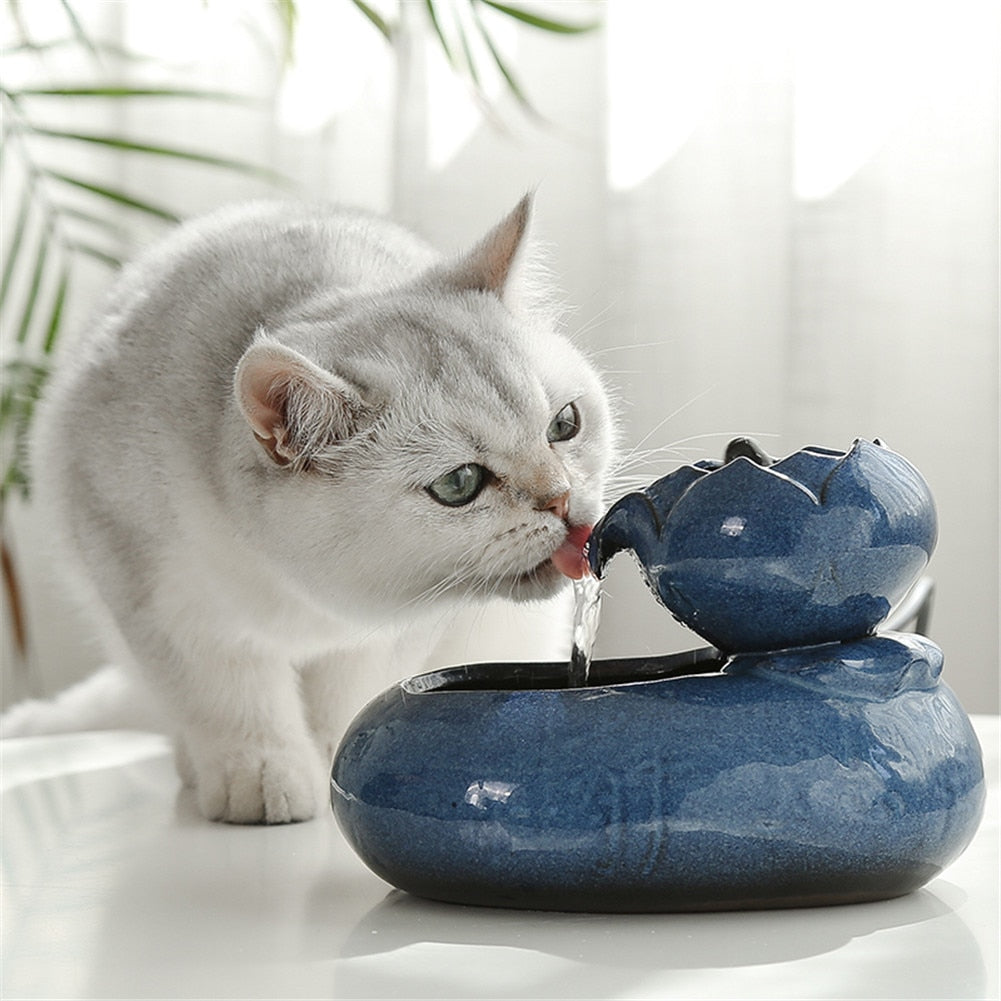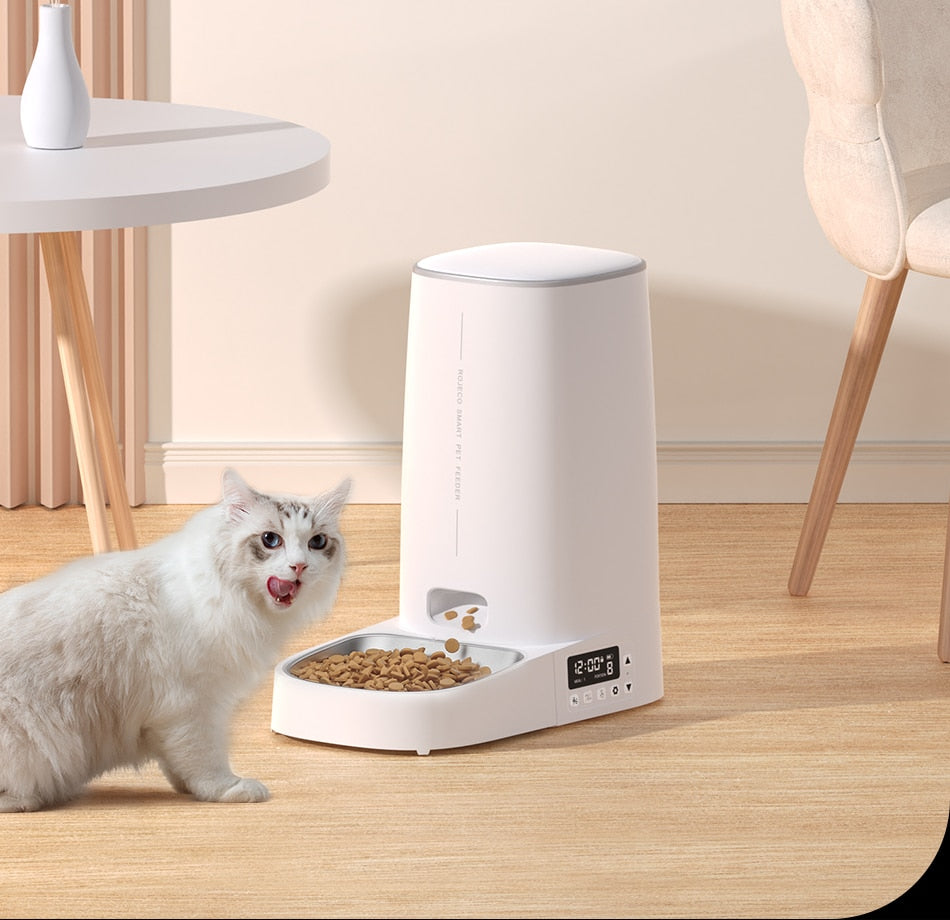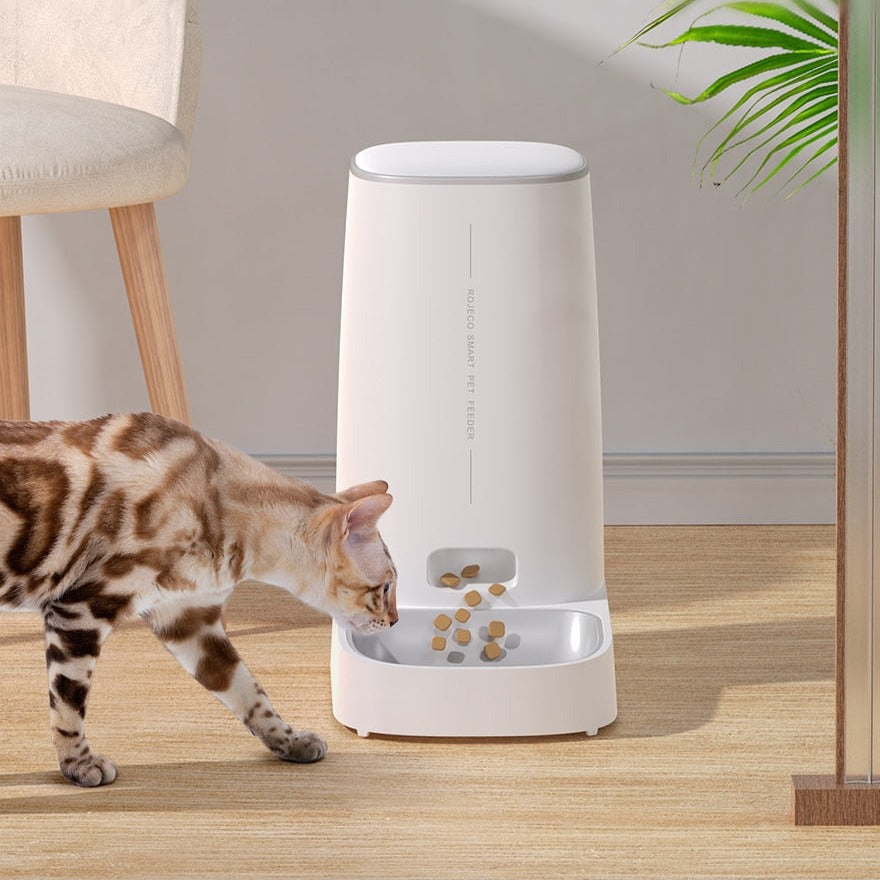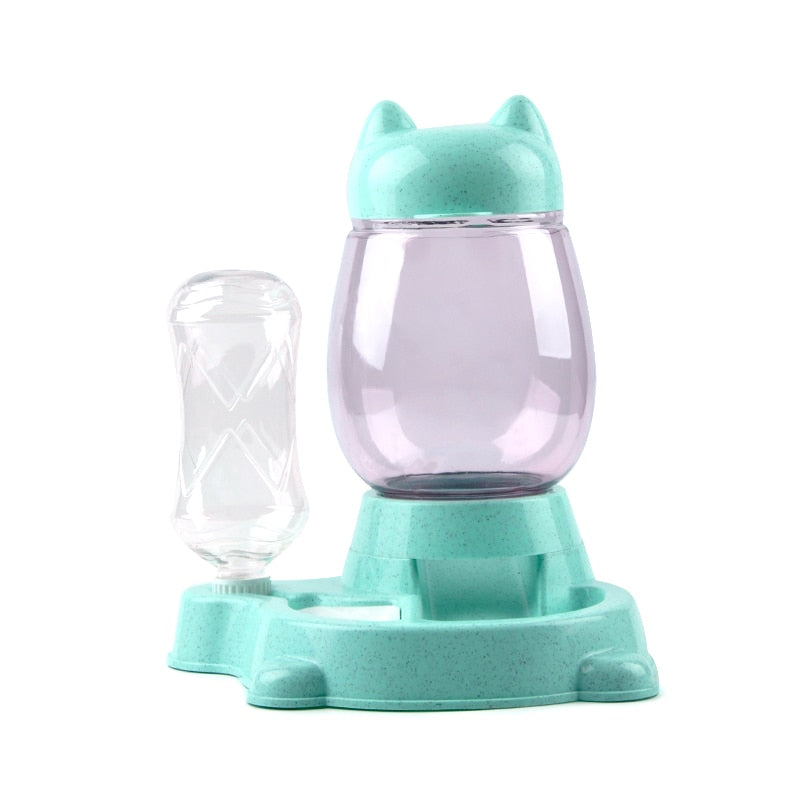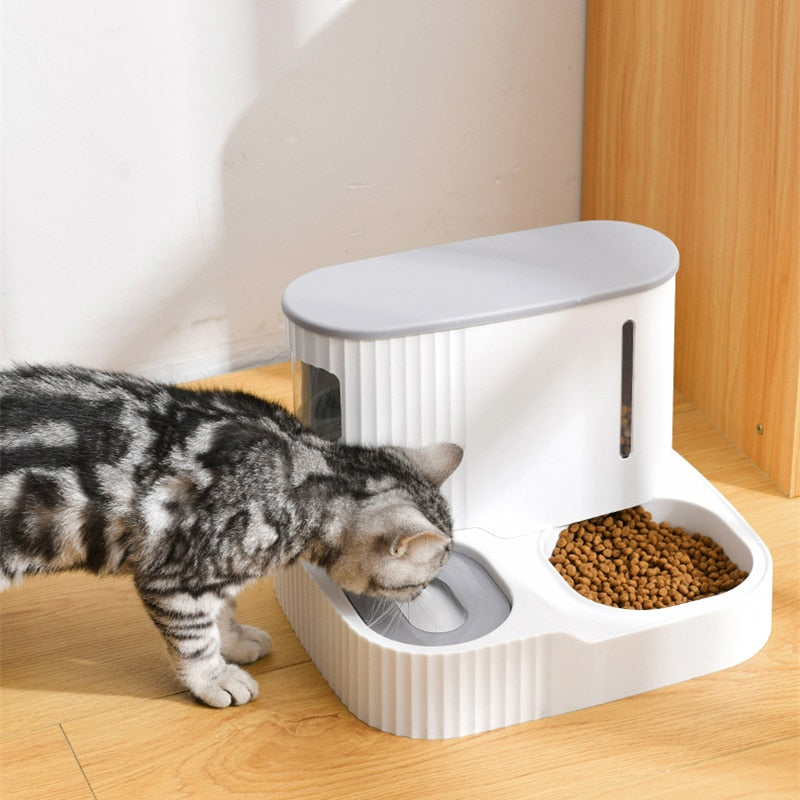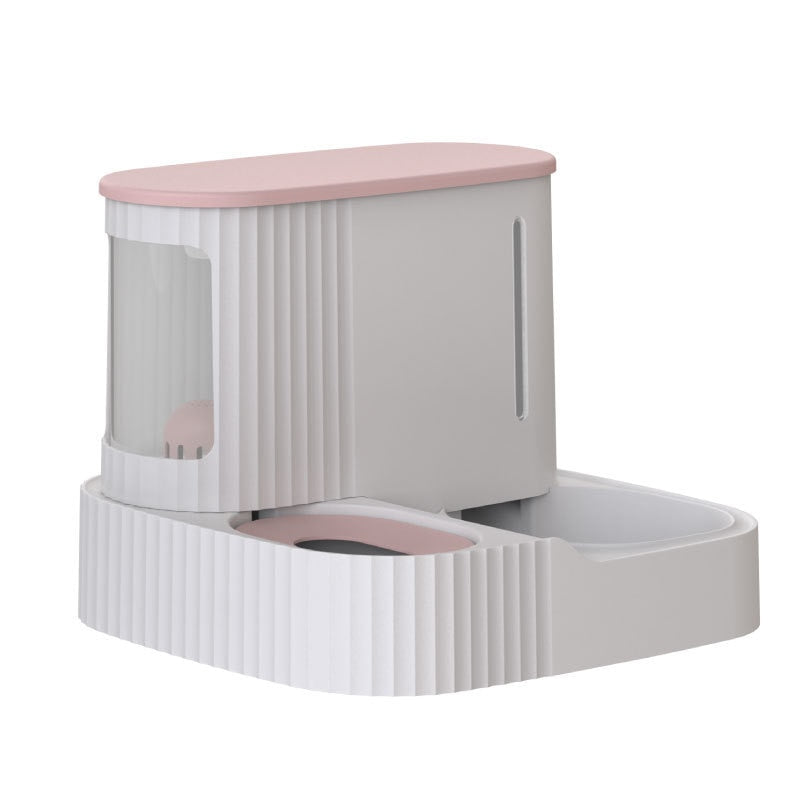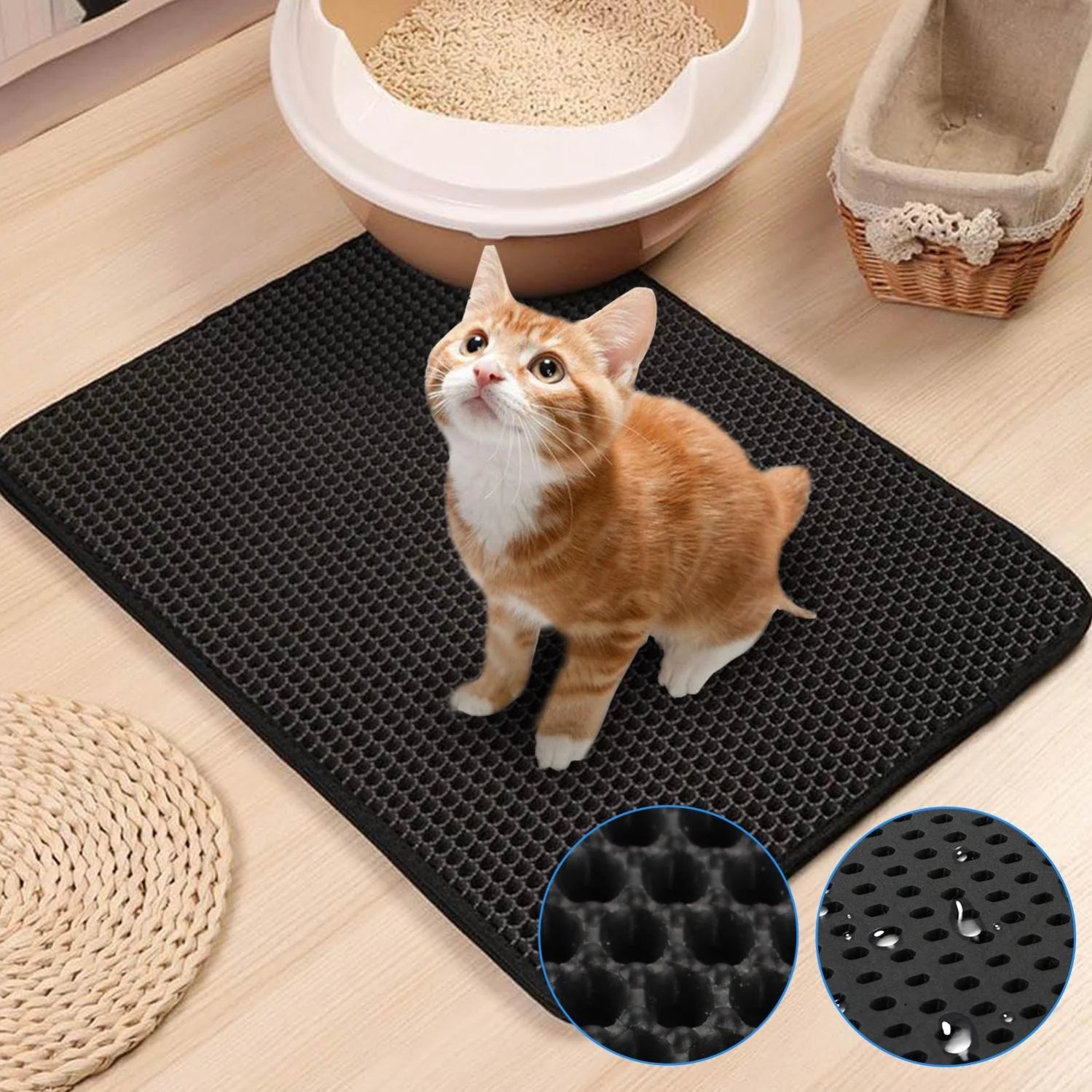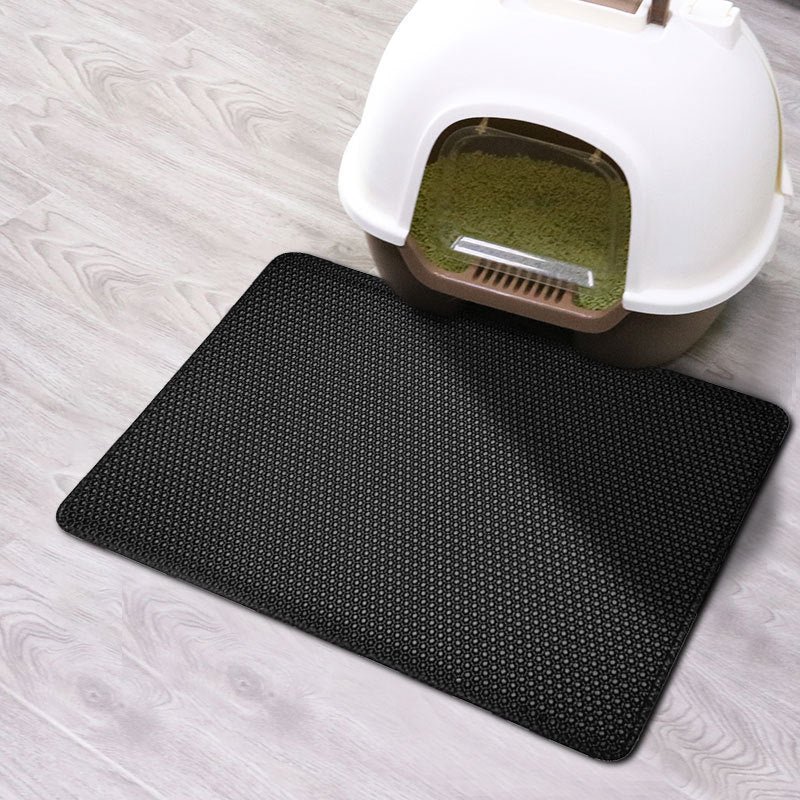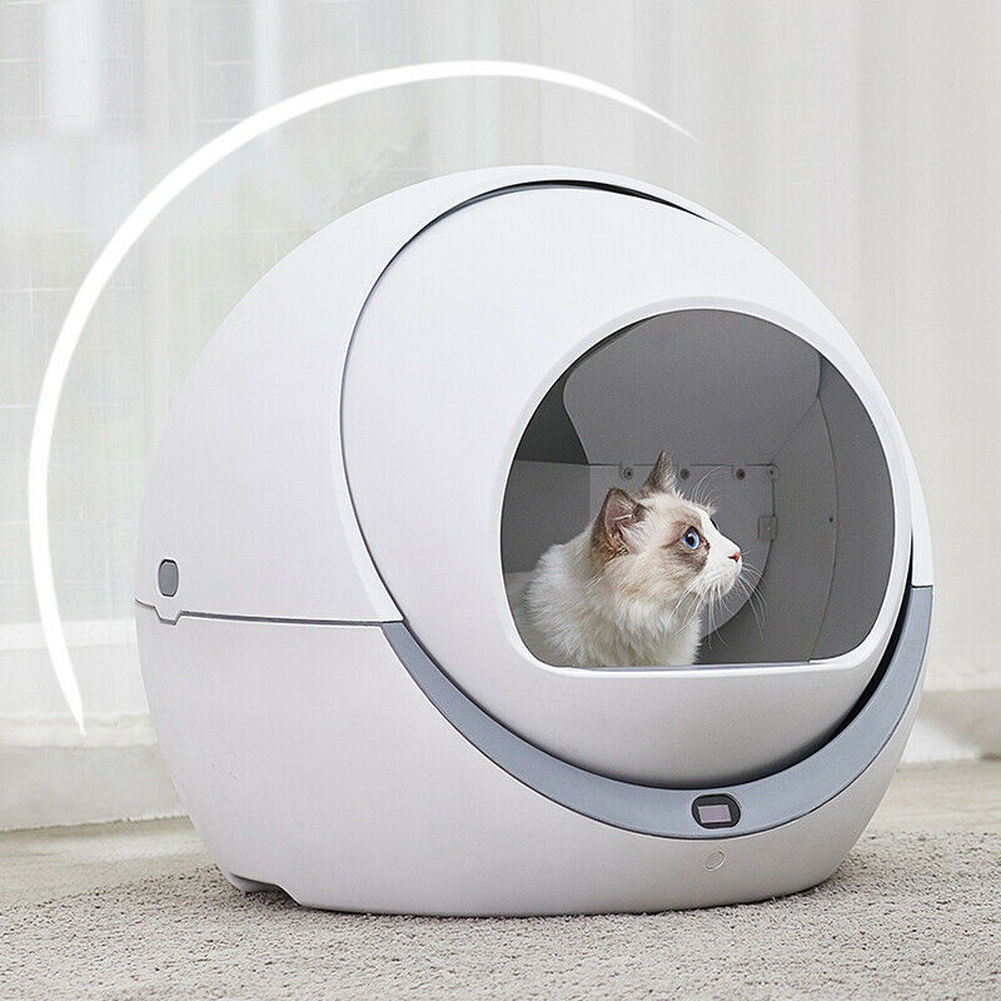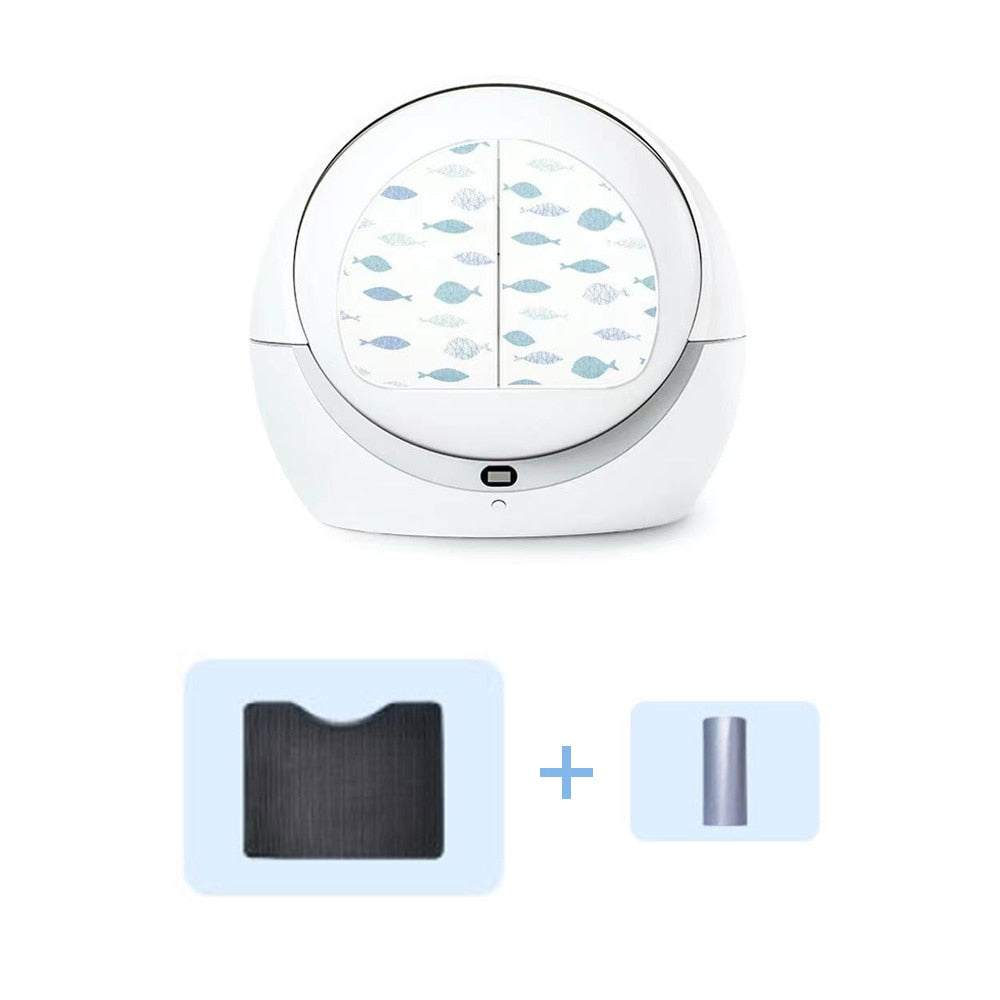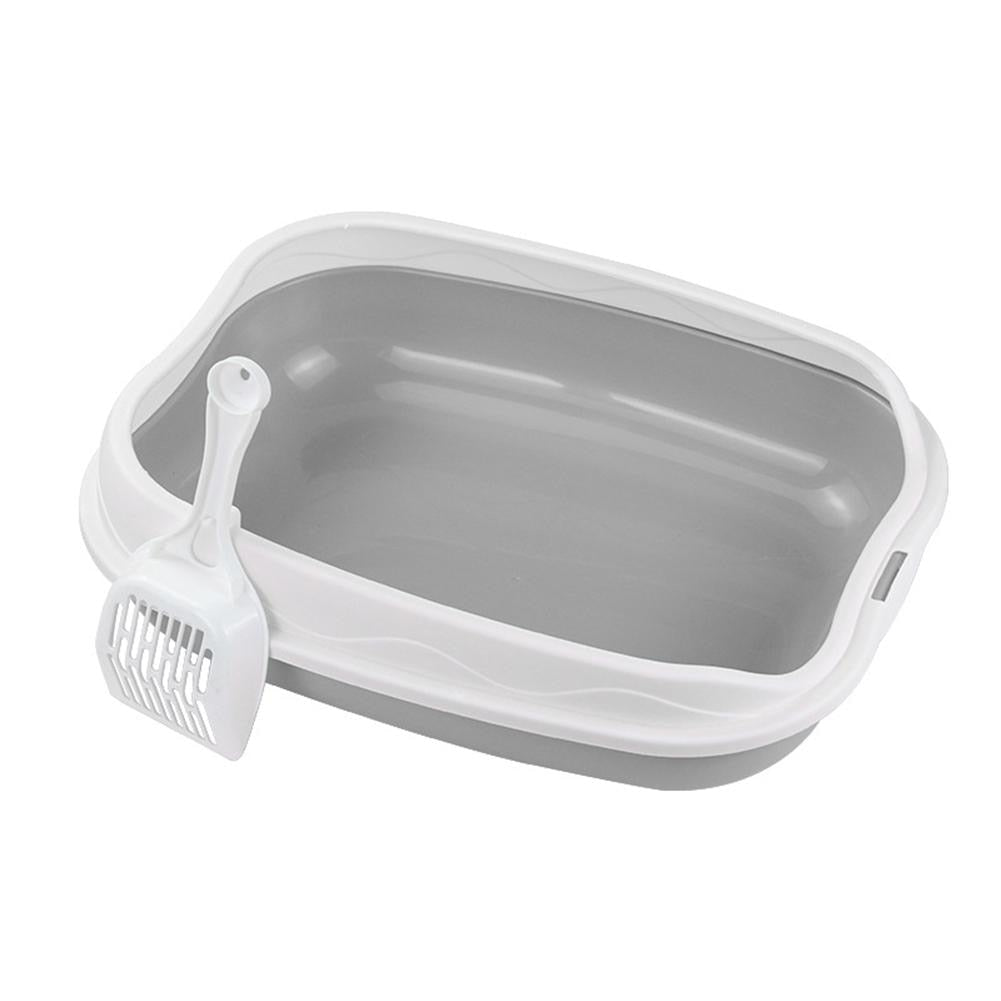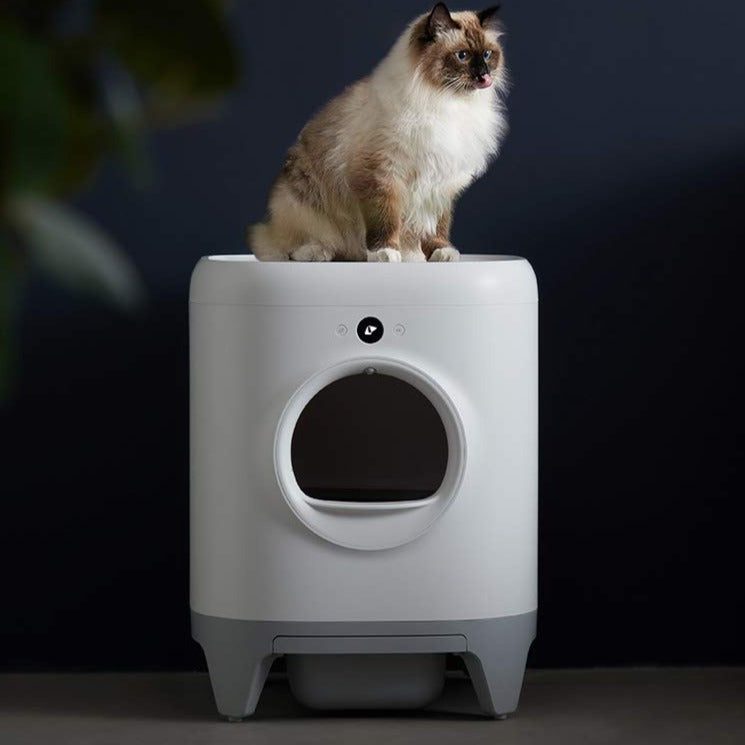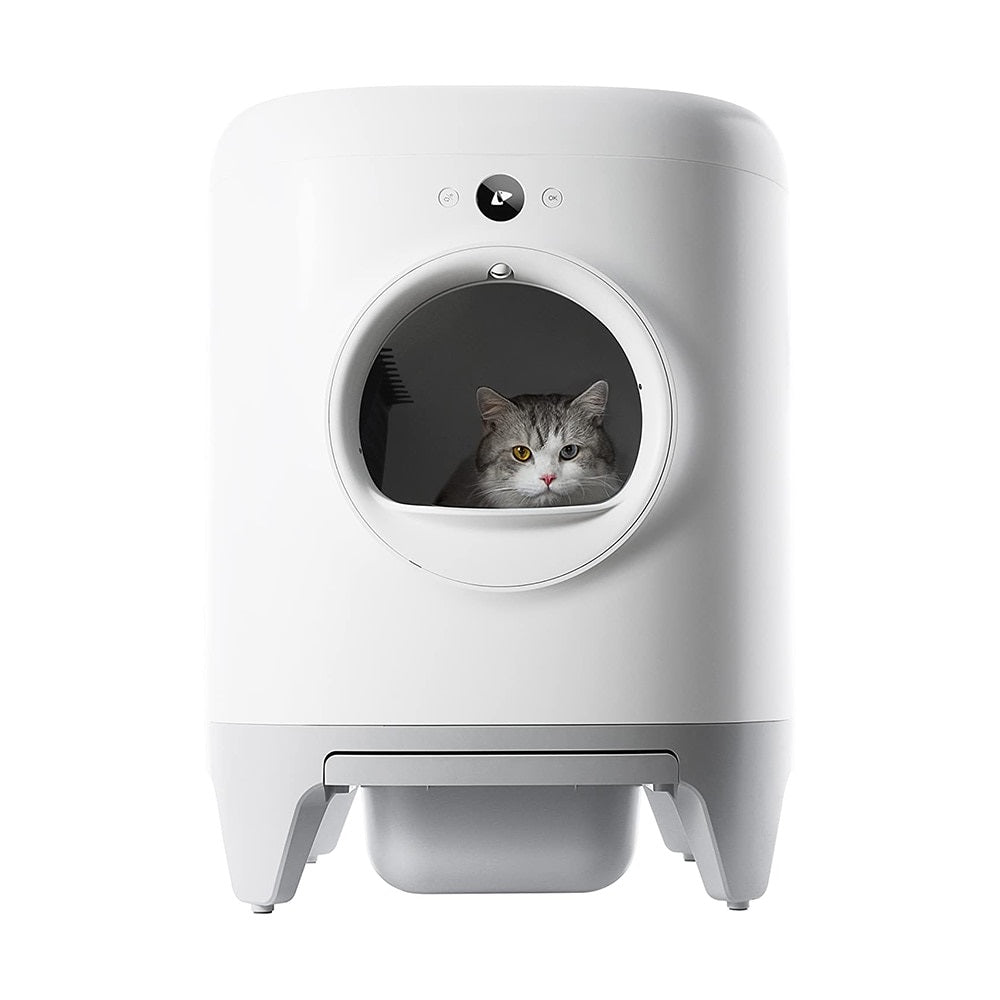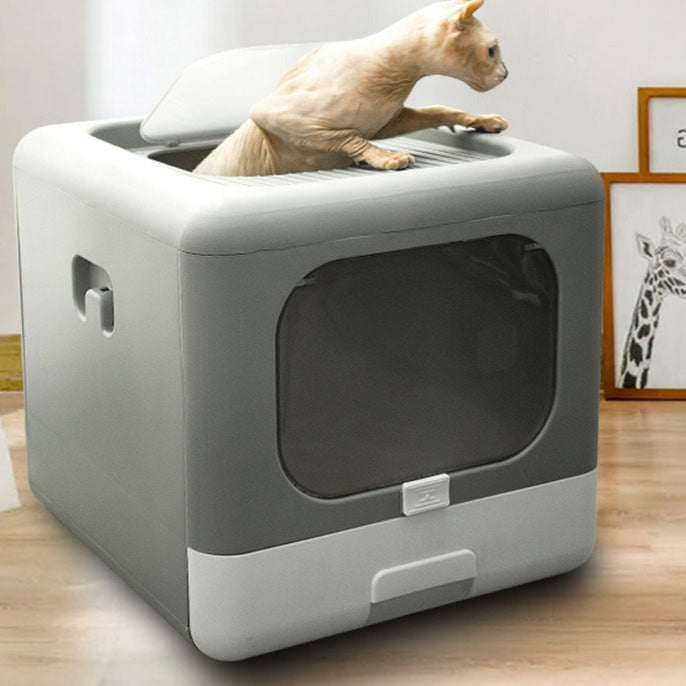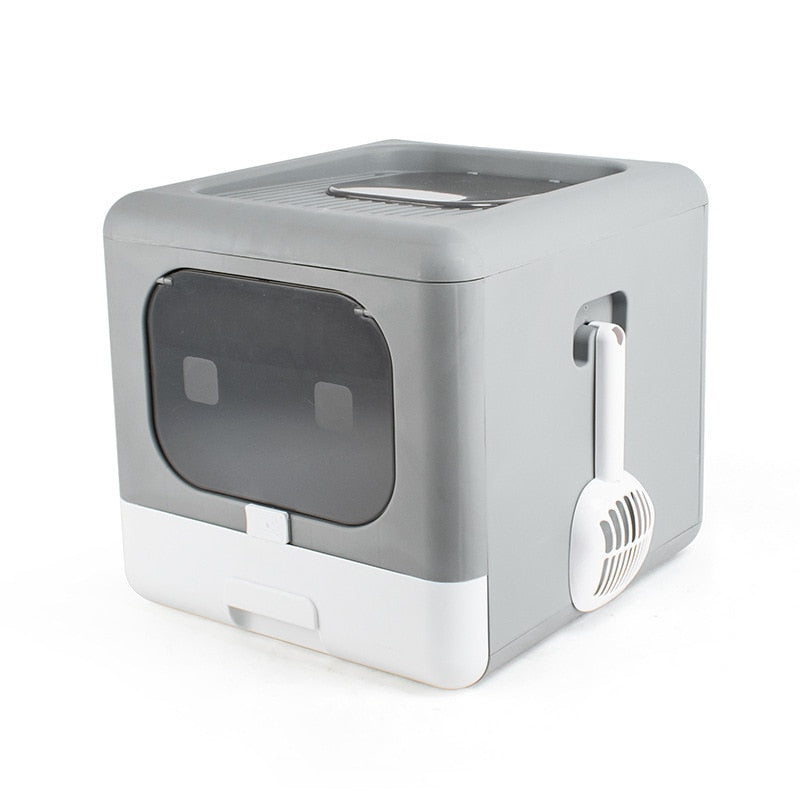How to track your cat? Chip, tattoo or tracer?

How to track your cat? Chip, tattoo or tracer?

Today, thanks to a set of devices, you can track your cat and find it more or less easily in the event of a loss.
Among these devices are the tattoo, the electronic identification chip and the GPS collar. But these solutions are not all equal, hence the need for you to choose well. Learn about the pros and cons of each device below to help you choose the one that best meets your needs.
The GPS tracker on collar
Attached to your cat's collar, the GPS tracker of the cat tracker accompanies it on a daily basis and regularly communicates its position to you.
The advantages
- Geolocation of the cat in real time
- Monitoring of activities
- The definition of a safety zone
The disadvantages
- Compulsory subscription
- The risk of snagging
- Limited autonomy
This way of monitoring your cat is the one that allows you to follow the best an outside chat, the analysis is done in real time and allows a real follow-up, and many other functions following the GPS trackers.
The identification tattoo on the ear
Carried out by a veterinarian, the tattoo is compulsory and consists of entering an identification number in the cat's ear. It provides information on the name of the animal, its age and the contact details of its master.
The advantages of tattooing
- Identifying the cat in the event of loss or accident
The disadvantages of tattooing
- Impossible to geolocate your cat
- The tattoo fades over the years
- The obligation to inform the I-CAD in the event of a move
The subcutaneous identification electronic chip
Introduced in 2011, the RFID chip is a miniaturized transponder implanted under the skin, to the left of the cat's neck by the veterinarian. It has 15 readable digits using a specialized reader.
The advantages
- Quick identification of the cat in the event of loss
- The chip is tamper-proof and active for life
The disadvantages
- Impossible to geolocate your cat
- Only professionals have the chip reader
- The obligation to inform the I-CAD in the event of a move

